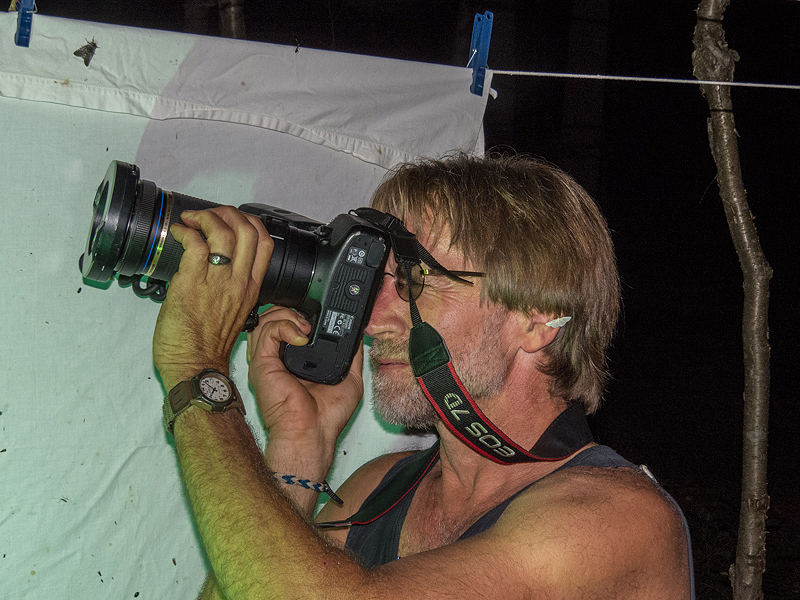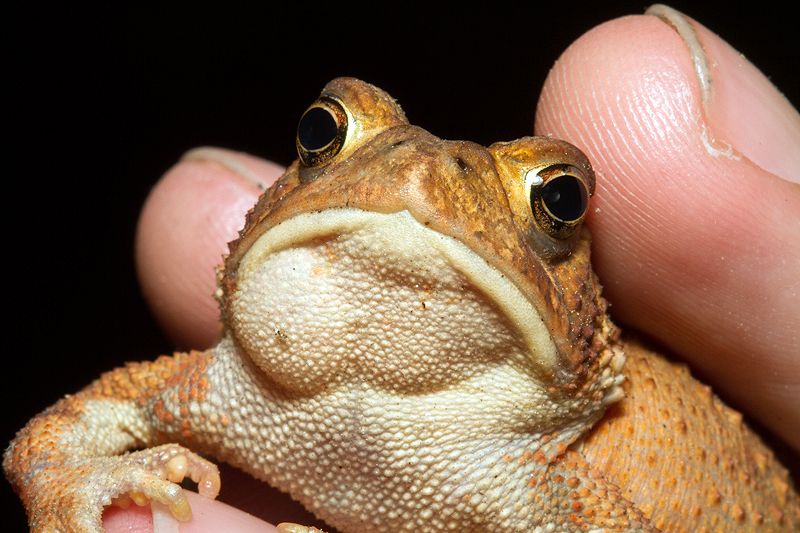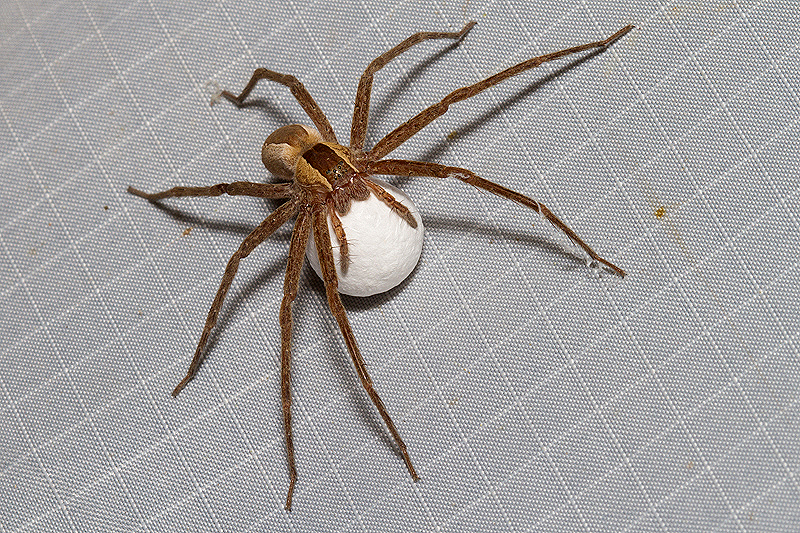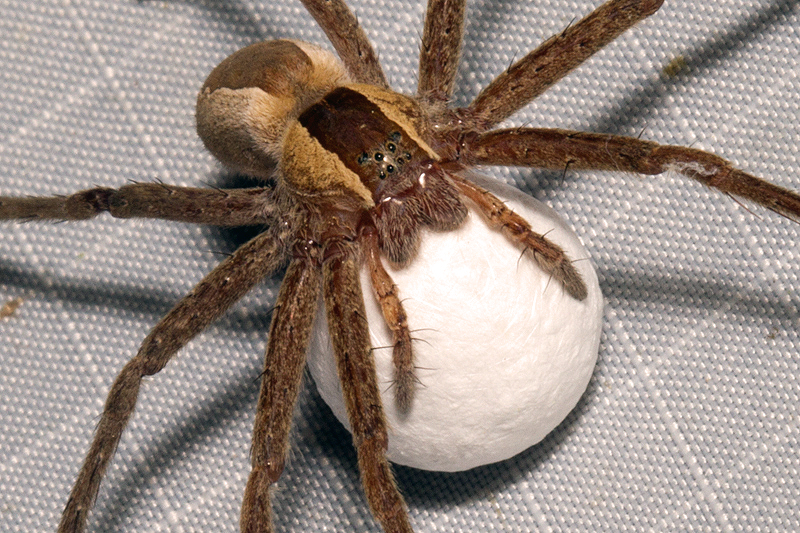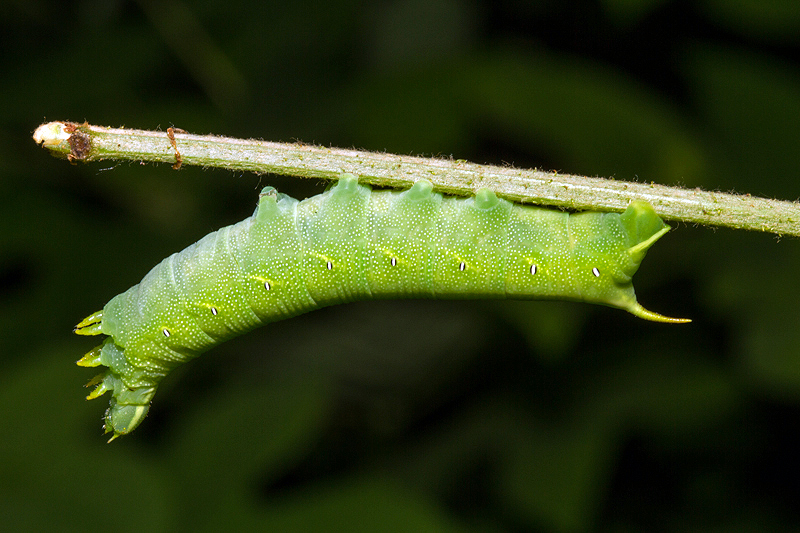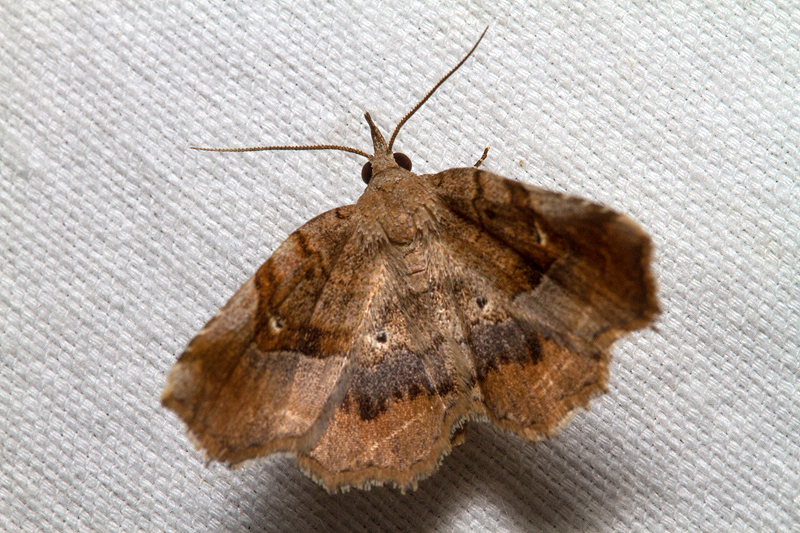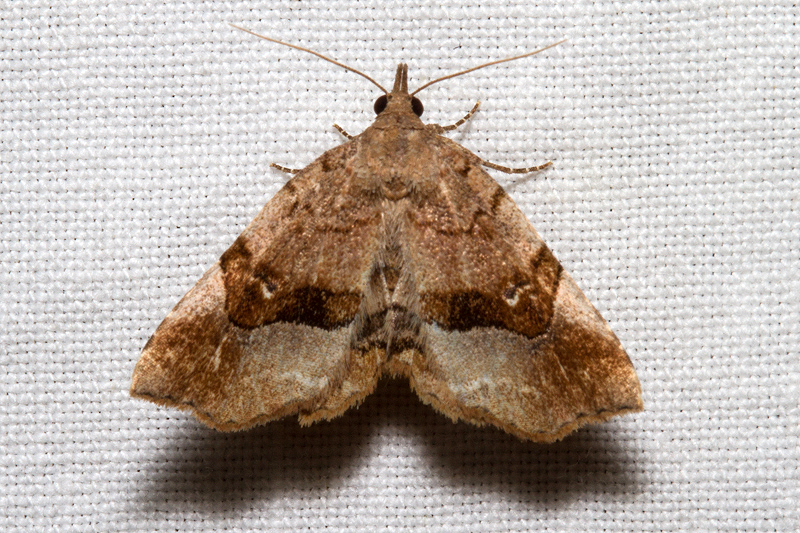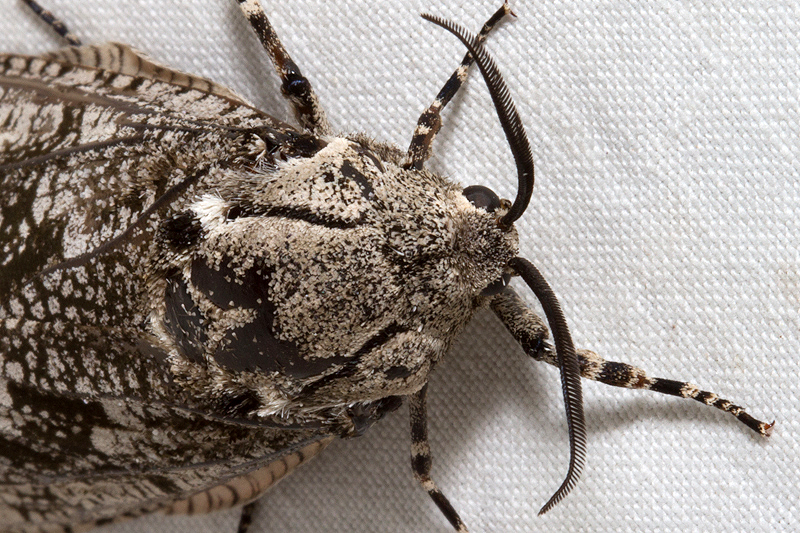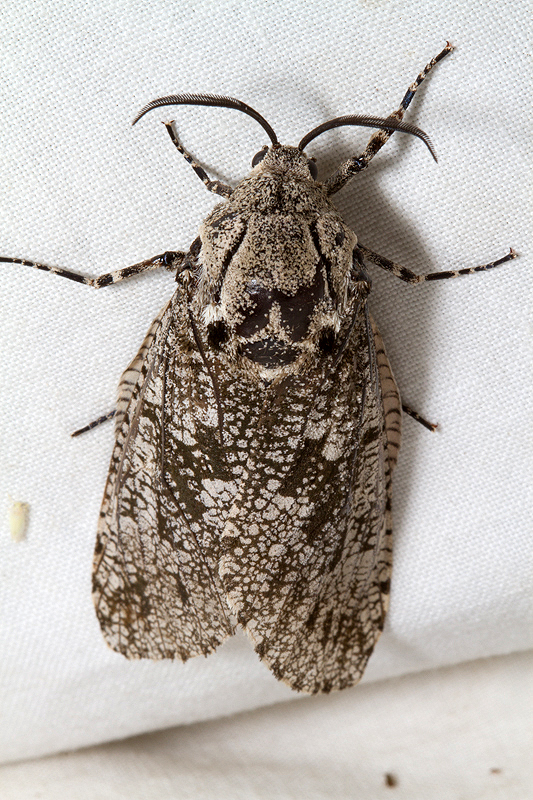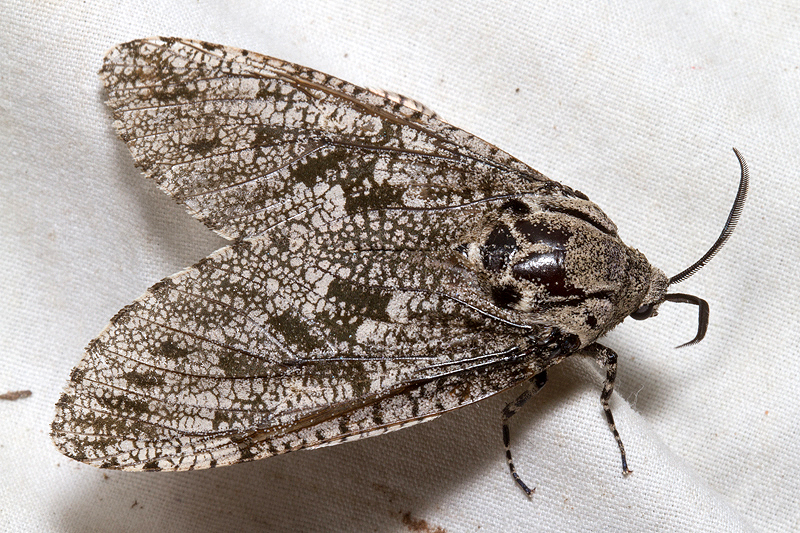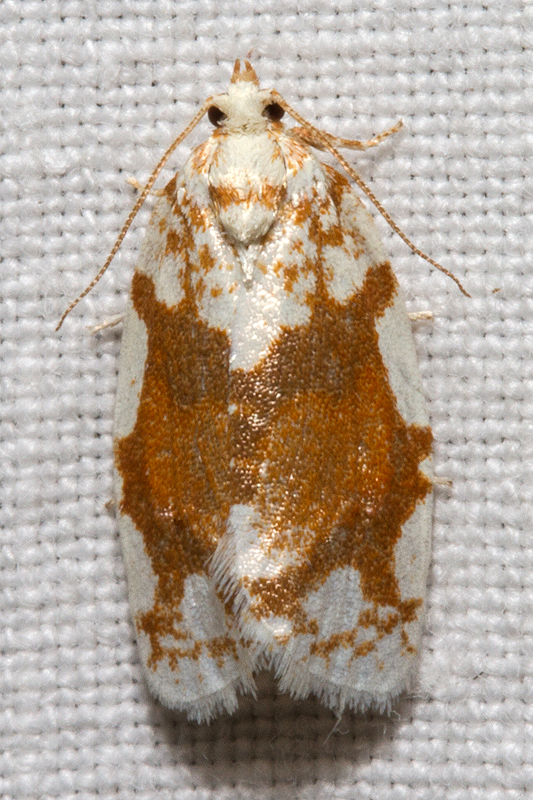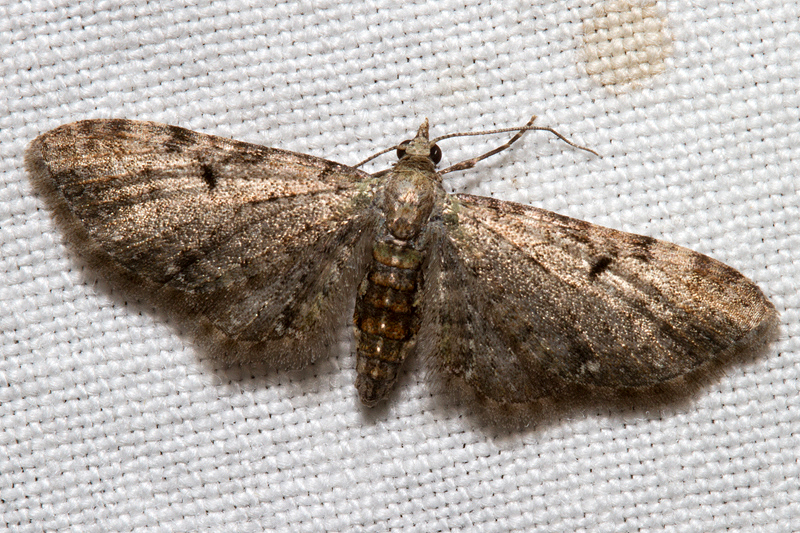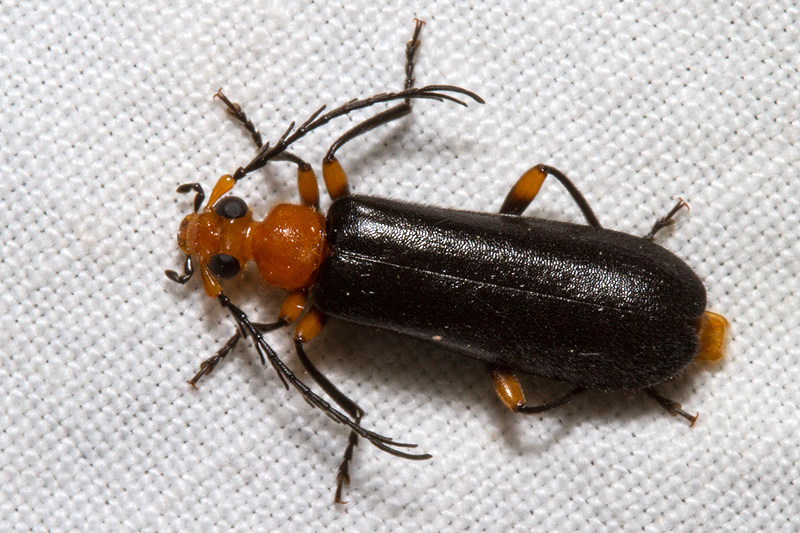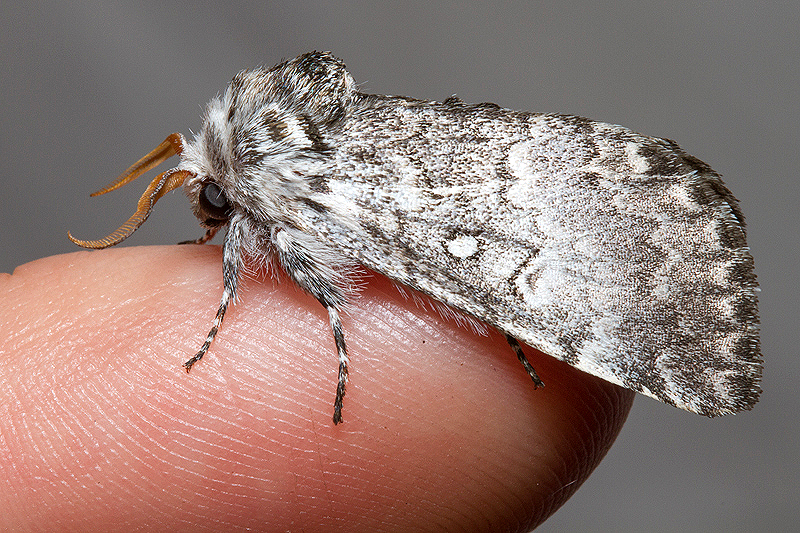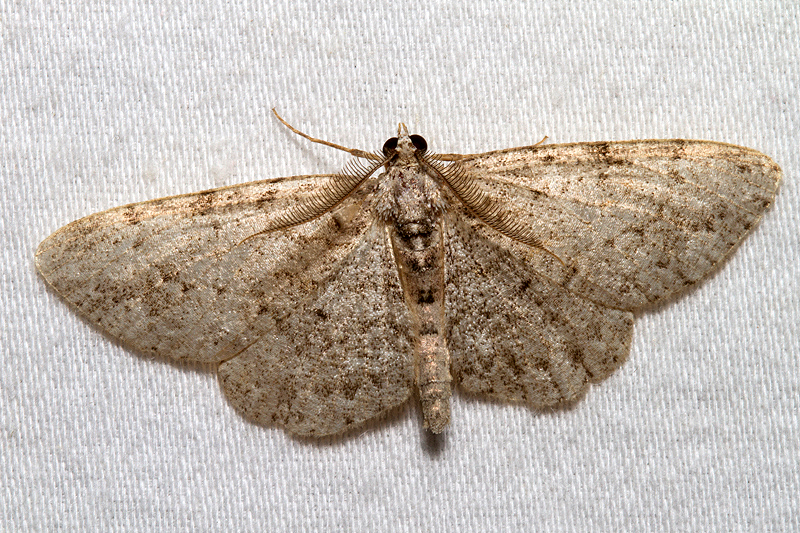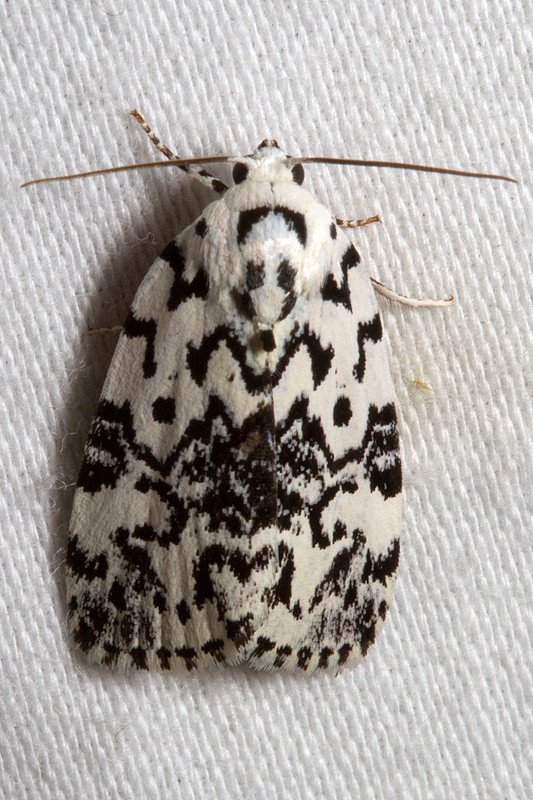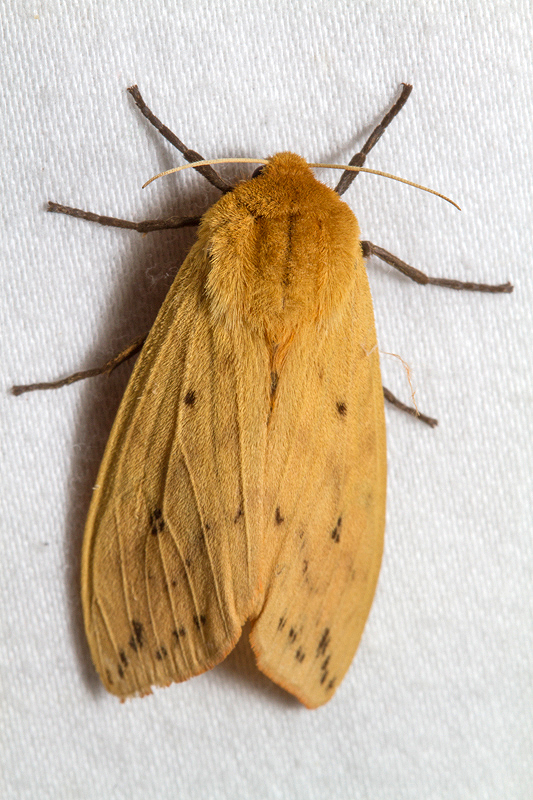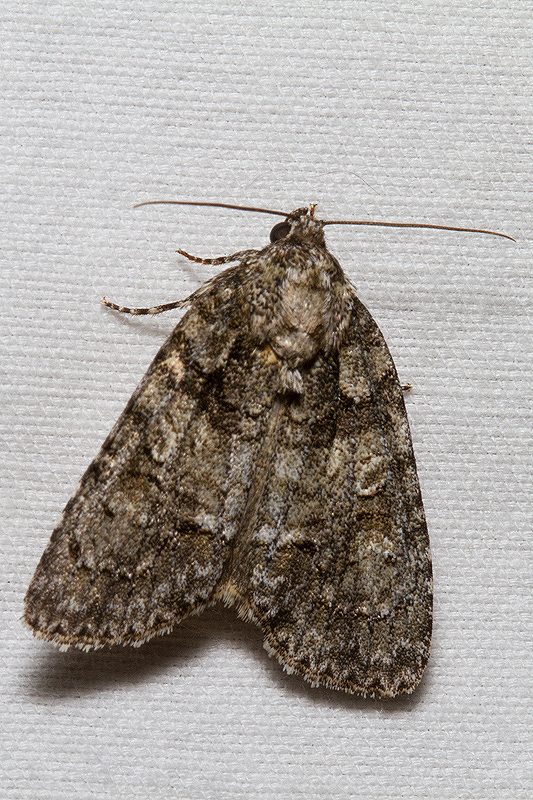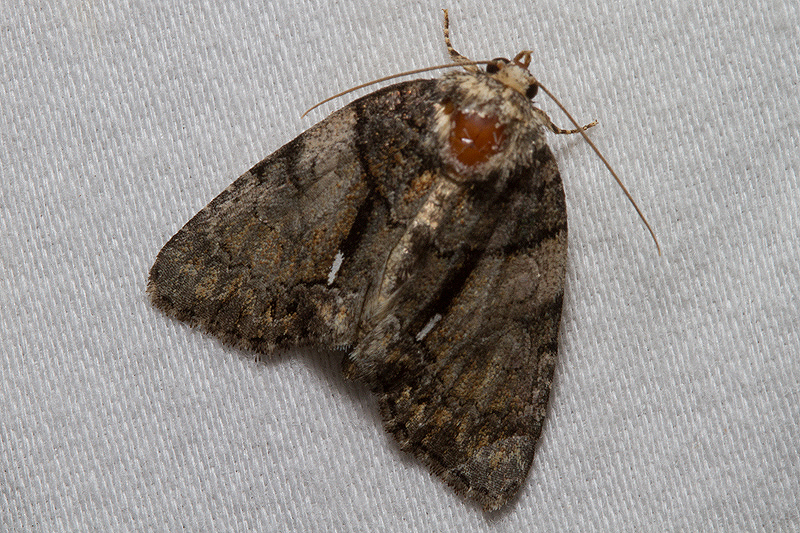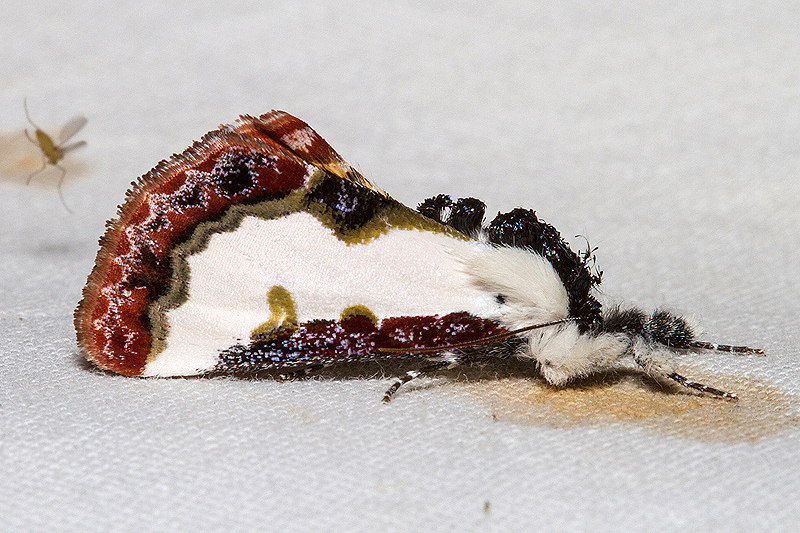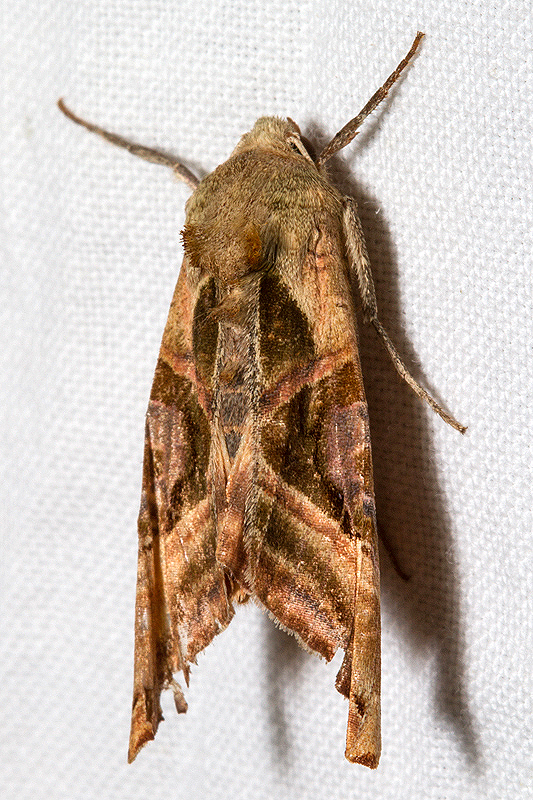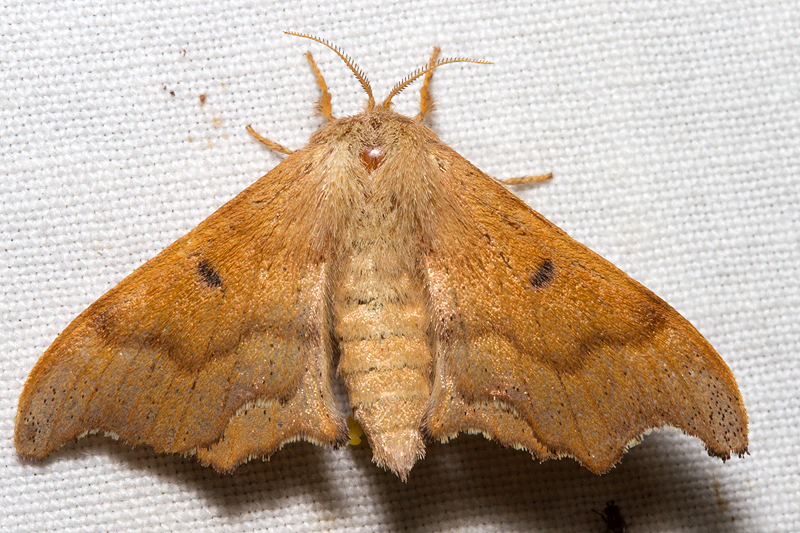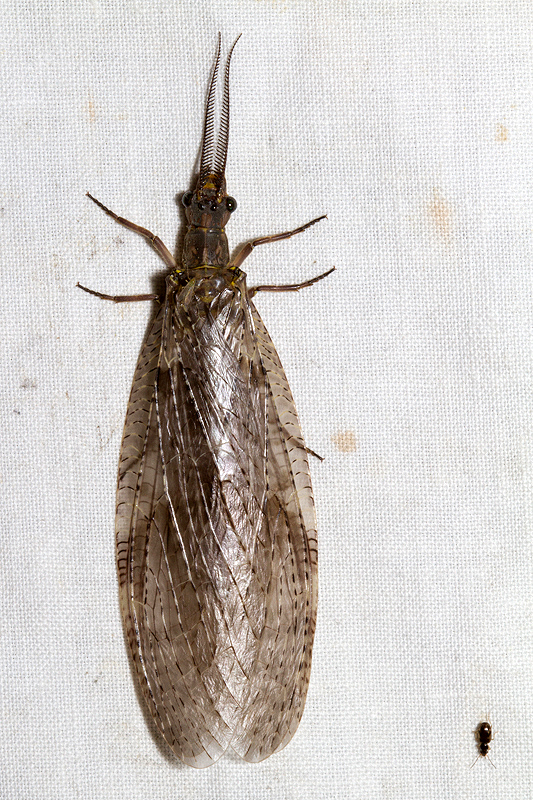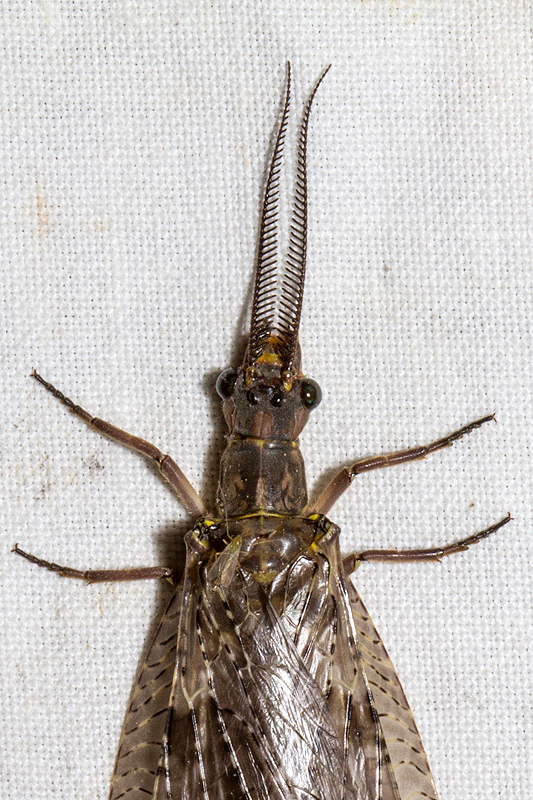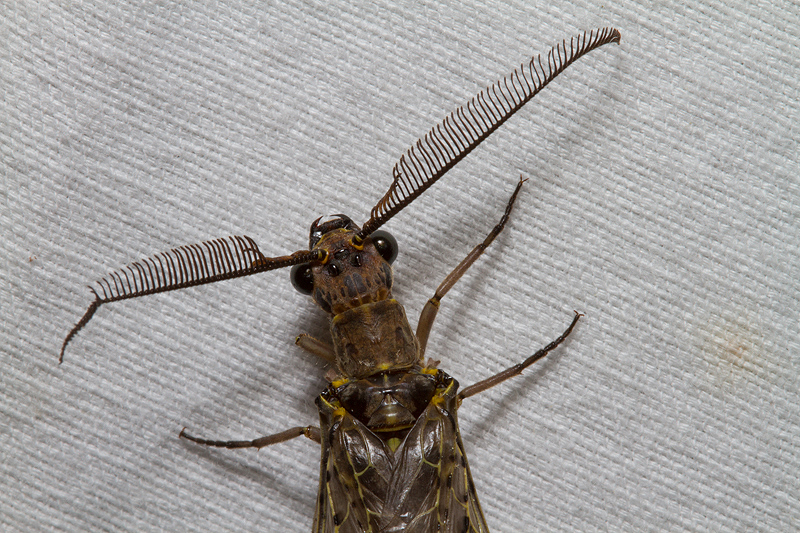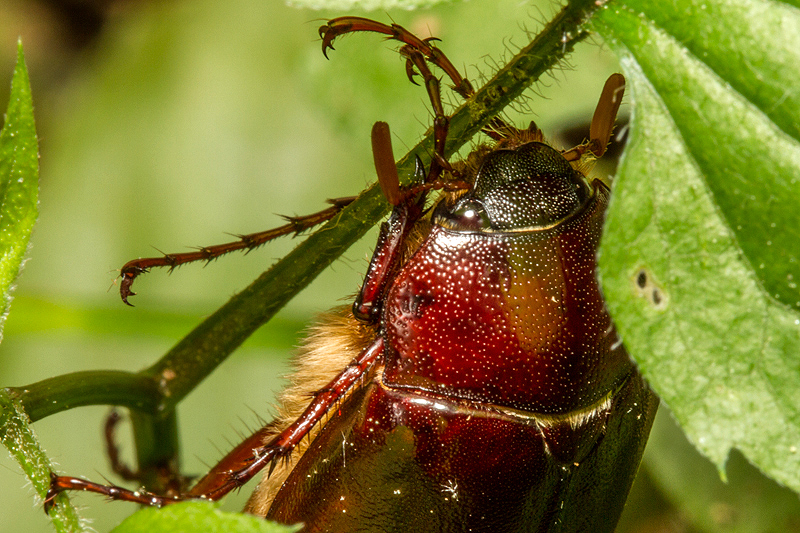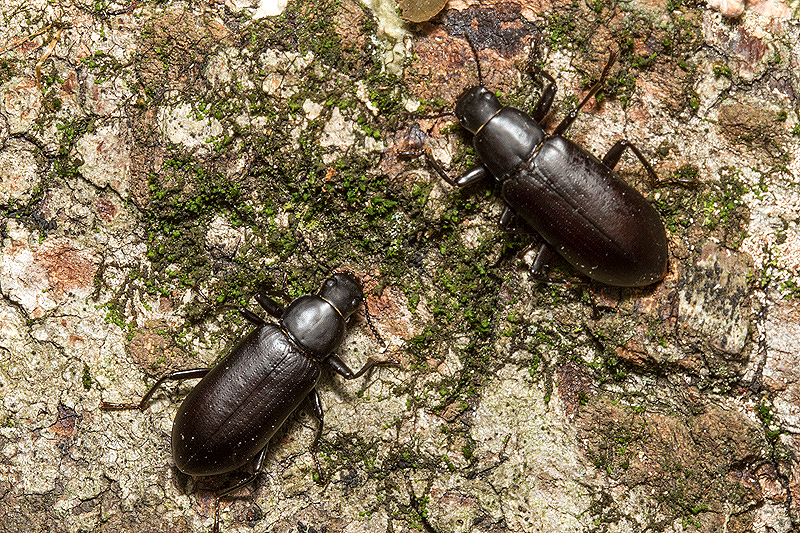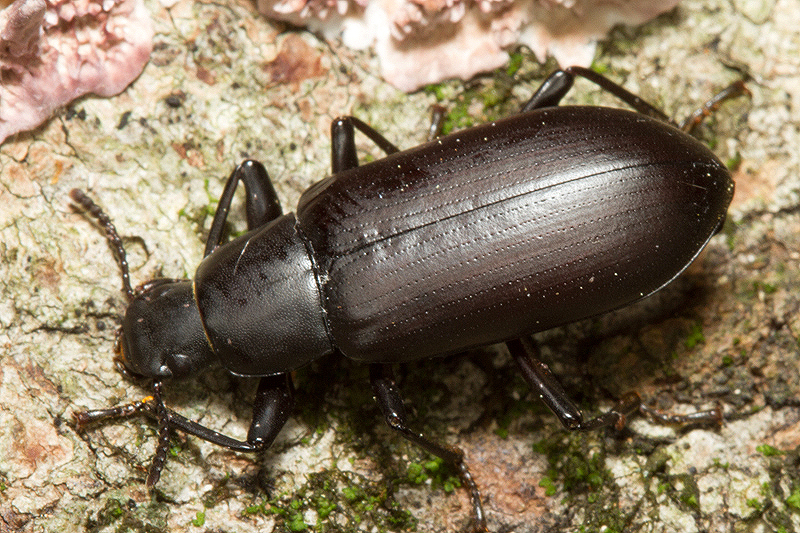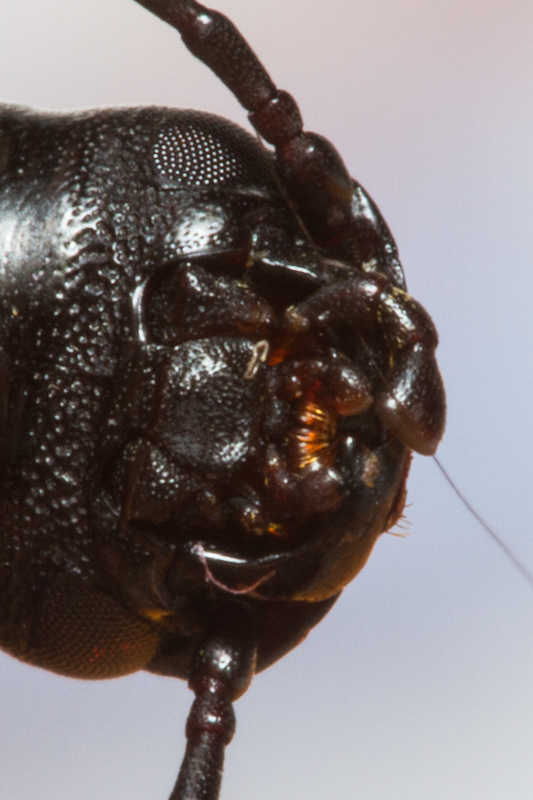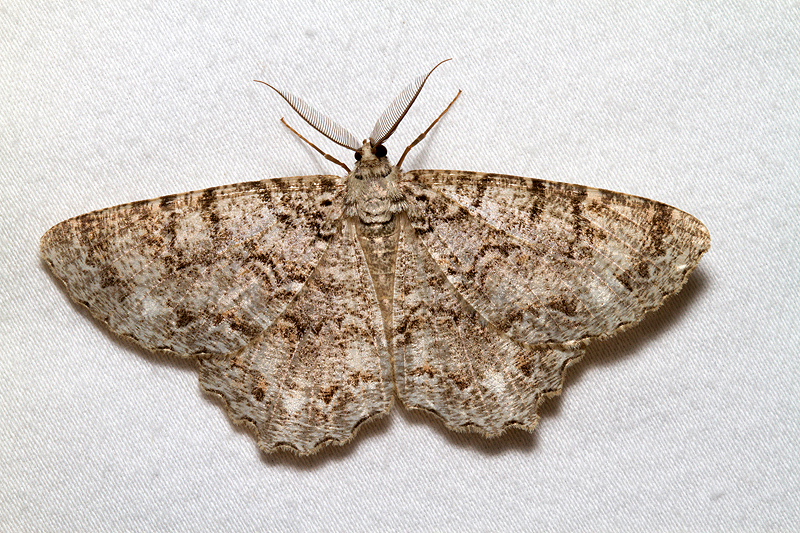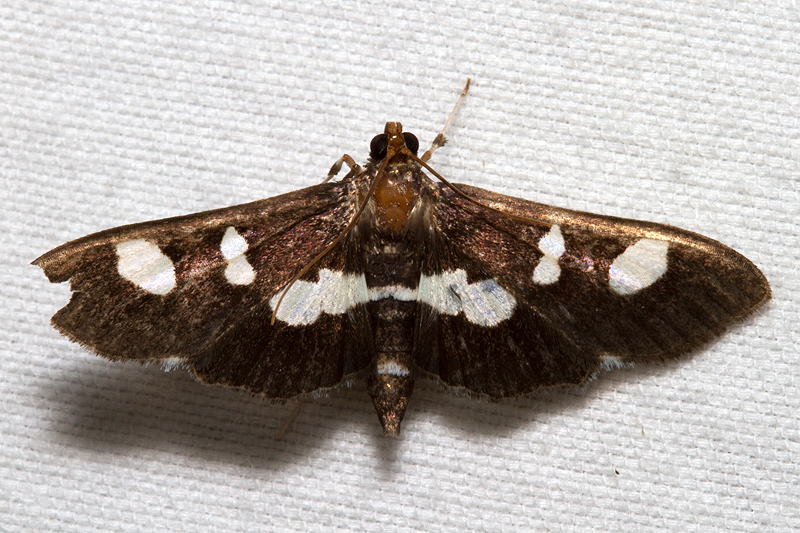Mothing at Hurd State Park - June 18th, 2011 East Hampton, Connecticut - Stan Malcolm Photos |
mAir Line Home Page |
Joint event sponsored by David Wagner's University of Connecticut entomology lab and Michael Singer's Wesleyan University entomology lab.
(David Cappaert of the Mary Hooker Environmental Science Magnet School in Hartford, CT.) In addition, many participants with headlamps scanned trees and shrubs for caterpillars and other insects active at night. |
Ben Gagliardi is remarkably good at finding herps. He found this toad while we waited for the park gates to be opened. |
Female nursery web spider (Pisaurina sp., maybe P. mira) with silk egg mass. |
|
|
|
Decorated Owlet (Pangrapta decoralis). |
Decorated Owlet (Pangrapta decoralis). |
White-dotted Prominent (Nadata gibbosa). |
Azalea sphinx moth (Darapsa choerilus). |
Azalea sphinx moth (Darapsa choerilus). |
Robin's Carpenterworm (Prionoxystus robiniae). Family Cossidae. |
Robin's Carpenterworm (Prionoxystus robiniae). Family Cossidae. |
Robin's Carpenterworm (Prionoxystus robiniae). Family Cossidae. |
White-spotted Leafroller (Argyrotaenia alisellana). |
Eupithecia sp. CHECK THIS. |
Neopyrochroa femoralis; Family Phyrochroidae. |
Close-banded Yellowhorn moth (Colocasia propinquilinea). (Thanks Kate for the loan of your finger.) |
Close-banded Yellowhorn moth (Colocasia propinquilinea). |
|
The Hebrew (Polygrammate hebraeicum). |
Isabella Tiger Moth (Pyrrharctia Isabella). |
|
|
Pearly Wood-Nymph moth (Eudryas unio). |
Olive Angle Shades (Phlogophora iris). |
Scalloped Sack-bearer (Lacosoma chiridota). |
A male Fishfly (Chauliodes sp., probably C. rastricornis); Family Corydalidae. |
A male Fishfly (Chauliodes sp., probably C. rastricornis); Family Corydalidae. |
A male Fishfly (Chauliodes sp., probably C. rastricornis); Family Corydalidae. |
A Scarab beetle. Not enough showing for me to ID. |
Tenebrionid beetle (Alobates sp. - probably A. pennsylvanicus, possibly A. morio) that does a head stand and exudes a defensive chemical from tip of abdomen when you puff breath onto it. (Natural predators are small rodents.) Tom Eisner in his book, "Secret Weapons" describes this for a desert tenebrionid, Eleodes longicollis. Distant relative of the forked fungus beetles I study which have a similar behavior. |
|
|
A. morio has a bright yellow clump of setae on the underside of the head. I don't think the setae visible in this picture are what is meant; thus I'm going with A pennsylvanicus. |
A female Io moth (Automeris io), Family Saturniidae |
Tulip-tree Beauty (Epimecis hortaria). CHECK THIS. |
Grape Leafroller (Desmia funeralis). |
All images Copyright Stanley E. Malcolm, 2014.
|
